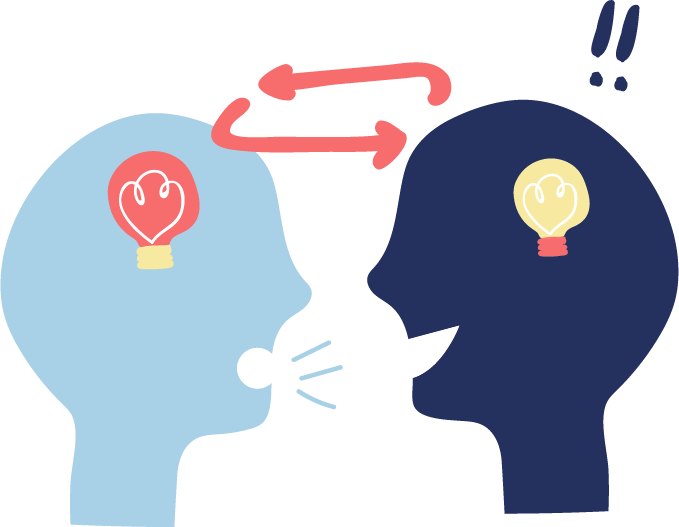| Line 54: | Line 54: | ||
</br> | </br> | ||
<p1><b><i>Dr Marko Storch</i></b>, as one of the developers of the BASIC assembly technique. He helped us tremendously for designing characterising the library constructs , as well as, helping us to troubleshoot our applications constructs. He also advised us to use a colony picker, which helped us to get a clear and detailed proof-of- concept picture. </p1> | <p1><b><i>Dr Marko Storch</i></b>, as one of the developers of the BASIC assembly technique. He helped us tremendously for designing characterising the library constructs , as well as, helping us to troubleshoot our applications constructs. He also advised us to use a colony picker, which helped us to get a clear and detailed proof-of- concept picture. </p1> | ||
| + | |||
| + | </br> | ||
| + | </br> | ||
| + | <p1><b><i>Ari Dwijayanti</i></b>, expert in BASIC, she instructed us in BASIC assembly technique performance and patiently helped us with problems we faced in the lab.</p1> | ||
| + | </br> | ||
| + | <b/ r> | ||
| + | <p1><b><i>Dr Tanya Tschirhart, as first author of the original Nature paper in which we were basing our project she gave us some counselling in electrochemistry techniques and electrode materials. </p1> | ||
| Line 65: | Line 72: | ||
<p1>We would like to express our greatest gratitude to the departments of Bioengineering and Life Sciences at Imperial College for making this project possible and helping us have one of the best experiences of our lives. </p1> | <p1>We would like to express our greatest gratitude to the departments of Bioengineering and Life Sciences at Imperial College for making this project possible and helping us have one of the best experiences of our lives. </p1> | ||
| + | Dr Robert Sternberg, senior lecturer in science communication, advised us in our science communication strategy design and human practices in general. He suggested that phrasing is particularly important when it comes to present science to audience with different backgrounds. Hence, we came with the Science communication Guide based on his advice. | ||
<h3>Wiki support</h3> | <h3>Wiki support</h3> | ||
<h3>Graphic Designer </h3> | <h3>Graphic Designer </h3> | ||
Revision as of 01:58, 15 October 2018
Attributions














